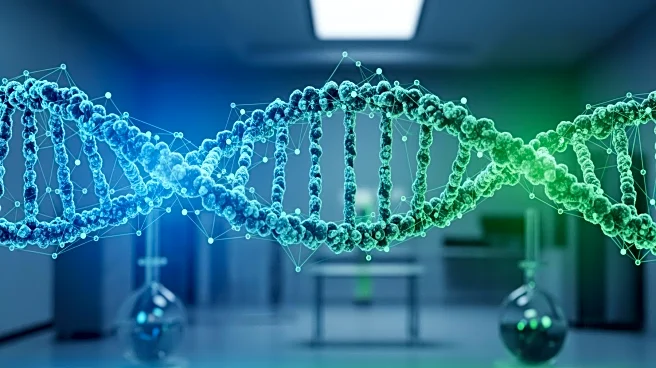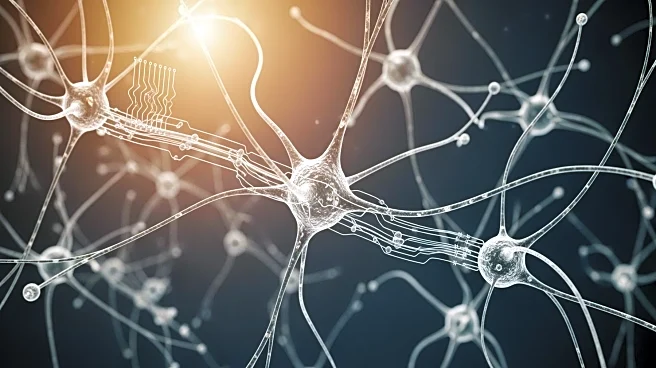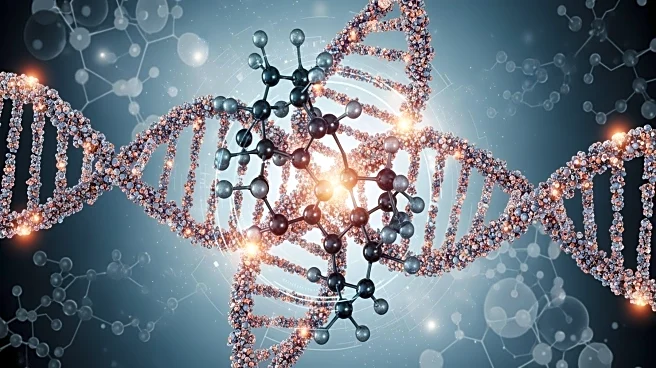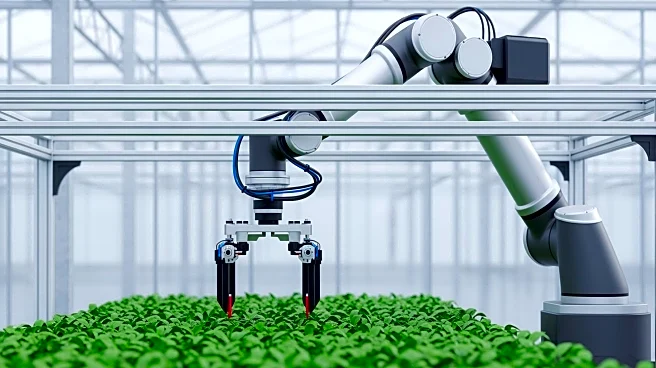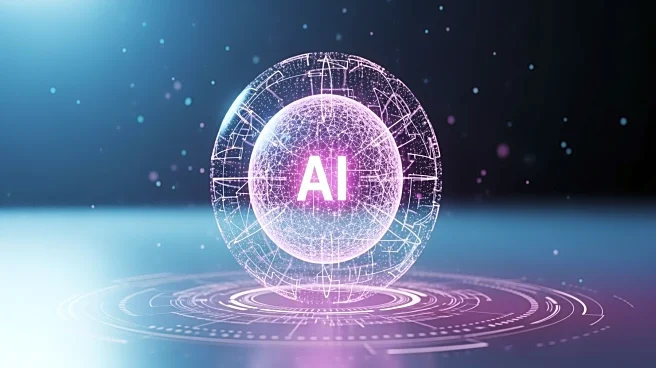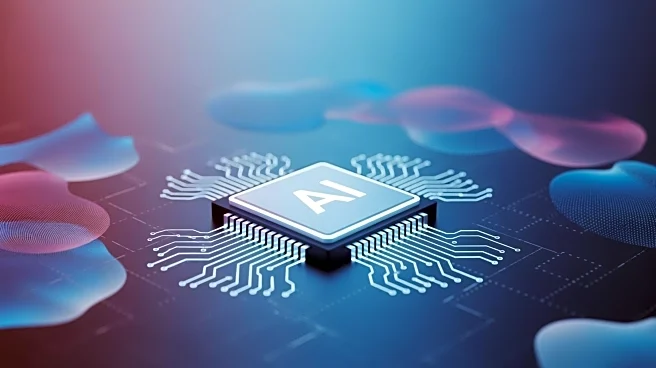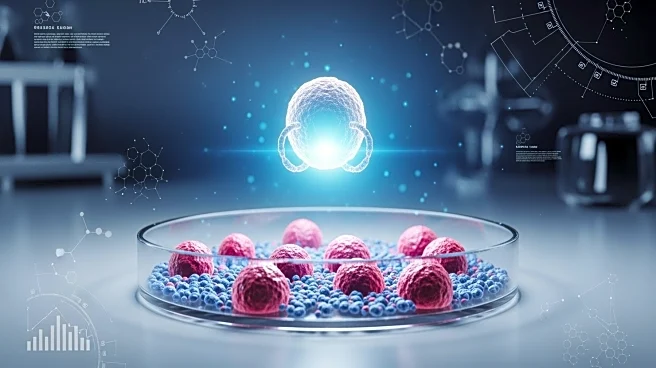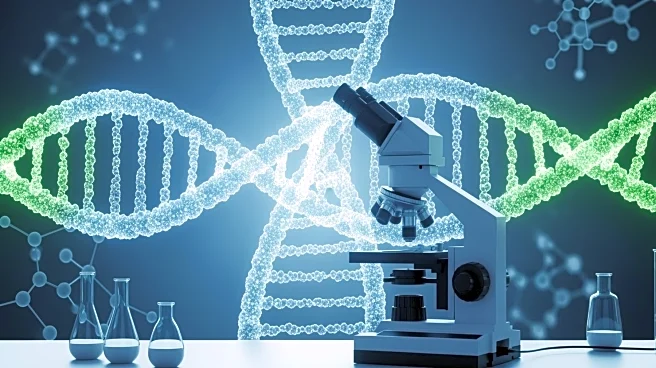What's Happening?
Recent advancements in protein sequencing have significantly improved the prediction of protein-protein interactions (PPIs) through the use of computational algorithms and protein language models (PLMs). These models, which utilize large public protein sequence
databases and transformer architectures, enable the association of amino acids across protein sequences to predict interaction probabilities. The development of these models has been bolstered by machine learning and deep learning techniques, which enhance the accuracy of predictions. Studies have also focused on improving protein structure prediction using deep learning potentials, achieving notable progress in predicting the shapes of nearly every known protein. These advancements are crucial for understanding protein functions and interactions in various biological contexts.
Why It's Important?
The advancements in protein sequencing and interaction prediction have significant implications for the fields of biotechnology and pharmaceuticals. By improving the accuracy of protein interaction predictions, researchers can better understand the complex networks of protein functions, which is essential for drug discovery and development. This can lead to more targeted therapies and personalized medicine approaches, potentially reducing the time and cost associated with bringing new drugs to market. Additionally, these advancements can aid in the study of diseases at a molecular level, providing insights into disease mechanisms and potential therapeutic targets. The ability to predict protein interactions more accurately also supports the development of synthetic biology applications, where engineered proteins can be designed for specific functions.
What's Next?
As these technologies continue to evolve, further research and development are expected to refine the accuracy and efficiency of protein interaction predictions. This could involve the integration of more diverse datasets and the application of advanced machine learning techniques. The ongoing collaboration between computational biologists and experimental researchers will be crucial in validating these predictions and translating them into practical applications. Additionally, the ethical and regulatory considerations surrounding the use of these technologies in medicine and biotechnology will need to be addressed, ensuring that advancements are implemented responsibly and equitably.
Beyond the Headlines
The deeper implications of these advancements extend to the ethical and legal dimensions of biotechnology. As predictive models become more accurate, questions about data privacy, consent, and the ownership of genetic information will become increasingly pertinent. Furthermore, the potential for these technologies to be used in synthetic biology raises concerns about biosecurity and the unintended consequences of manipulating biological systems. Long-term, these developments could lead to shifts in how diseases are treated and prevented, potentially transforming healthcare systems and societal approaches to health and wellness.
